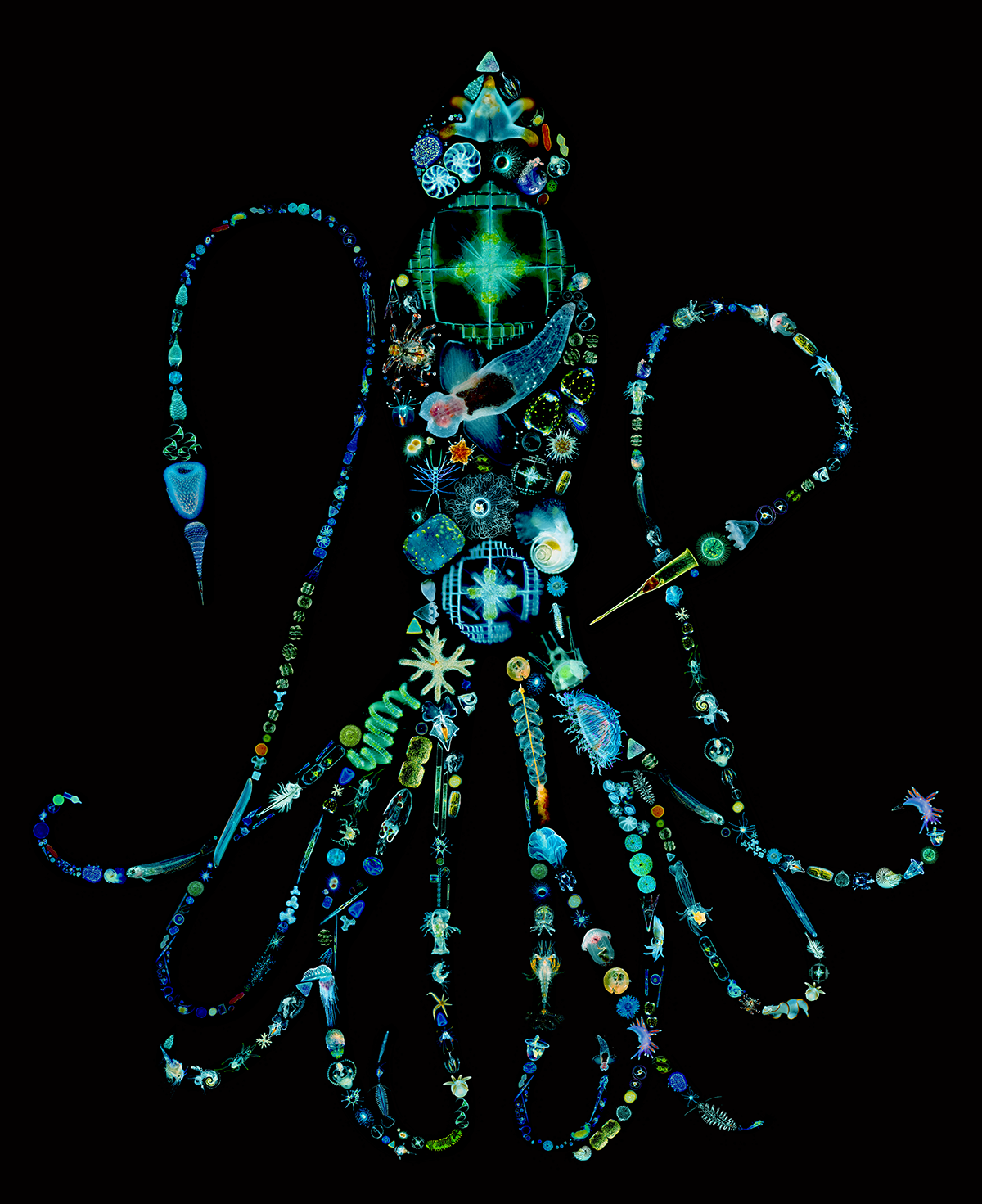Marine invertebrates group

Marine invertebrates group
Our research is centered around the taxonomy, morphology, neurobiology, embryology, and evolution of marine invertebrates, with special focus on Lophotrochozoa (mollusks, bryozoans, entoprocts etc.). We chiefly use cross-species comparative approaches and emphasize on the integration of different biological disciplines including taxonomy, bioinformatics, molecular and developmental biology as well as advanced histological and imaging techniques. Our overall aim is to reconstruct the evolutionary pathways underlying bodyplan diversity and phenotype functionality in lophotrochozoan animals.
Scientific staff
Georg Brenneis
Nikolaos Papadopoulos
Thomas Schwaha
Gerhard Steiner
Andreas Wanninger
Elisabeth Zieger
Associates
PhD Students
Julian Bibermair
Antonia Grausguber
Sophie Greistorfer
Mildred Johnson
Gudrun Schwarze
MSc Students
Paul Arthur Höller
Lisa Kindler
Leon Klaus
Bianca Sandgruber
Simone Raus
Research topics
Andreas Wanninger, Emanuel Redl, Elisabeth Zieger
Our lab specializes in the comparative study of lophotrochozoan development. So far, we have generated a large body of publications on the morphogenesis of neuromuscular systems in various taxa (e.g. entoprocts/kamptozoans, phoronids, bryozoans, platyhelminthes, annelids and mollusks). Furthermore, we have been successful in demonstrating the expression of key developmental genes such as Hox, ParaHox, and other homebox genes in representatives of many molluscan subgroups, including aplacophorans, polyplacophorans, gastropods, scaphopods, bivalves, and cephalopods. Current projects focus on the molecular basis of embryonic patterning, mesoderm and nervous system formation. Based on these data we can not only reconstruct ancestral traits, but also infer major trends and constraints in the evolution of the diverse lophotrochozoan bodyplans.
Andreas Wanninger, Andrew Calcino
In our quest for a holistic reconstruction of molluscan evolutionary history, we have generated a vast amount of developmental stage-specific transcriptomes for some of our major target species, especially aplacophorans, polyplacophorans, and bivalves. In addition, we have sequenced and assembled the genomes of the invasive quagga mussel (Dreissena rostriformis) and the polyplacophoran Acanthochitona fascicularis. While interesting in their own right for answering specific evolutionary questions on the molecular level, these data form the base for our current projects involving single cell transcriptomics and establishment of genome editing tools using the CRISPR/Cas9 system.
Gerhard Steiner
We investigate phylogenetic relationships of Mollusca (and of other marine invertebate groups) on all taxonomic levels. Integrating morphology, DNA and other relevant data, we aim to reconstruct the evolutionary history of various groups. The main focus is currently on the systematics, biogeography and life history of European Trochidae (Gastropoda) and the evolution of Scaphopoda.
Thomas Schwaha
Due to our strong background in advanced microscopy and imaging techniques, we are involved in numerous projects dealing with animal morphology and histology across different phyla. However, one of our main interests is on bryozoans, a diverse group of aquatic colonial suspension feeders that are widely distributed from the intertidal to the abyss. Despite their global abundance and ecological importance, little is known about the biology of most bryozoan taxa. We thus address a broad range of questions related to bryozoan taxonomy, phylogeny, ecology, development and evolutionary morphology.
Georg Brenneis, Andreas Wanninger
Sea spiders (Pycnogonida) are a marine arthropod lineage that forms the sister group of all other extant chelicerates. Despite this interesting phylogenetic position and the virtually ubiquitous occurrence of pycnogonids in benthic communities across the world’s oceans, their biology, taxonomy, phylogeny and evolution remains poorly studied. To expand our knowledge on this enigmatic arthropod group in all of these fields, we study its external morphology, internal anatomy, development and most recently also its remarkable regenerative capabilities.




